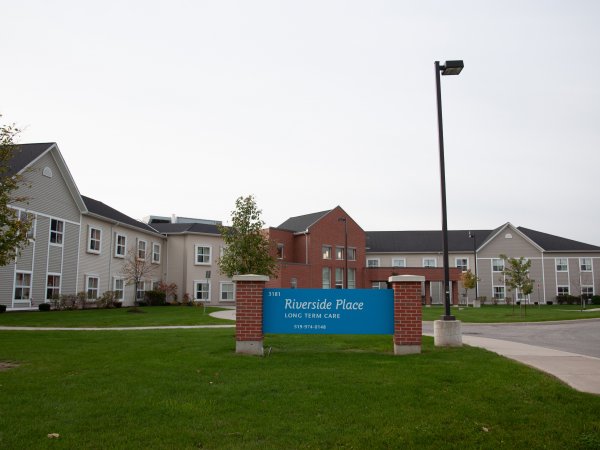When does the need for “care” begin?

Your care needs will change over time and eventually you may need the type of extensive, 24-hour care and support provided in long-term care. Where you live, what you pay and what type of programs and services will be available to you, will depend on the province in which you live and the personal choices you make.
Long-term care, or nursing homes, provide higher, more complex levels of care, usually to older adults who require 24-hour nursing care and supervision and extensive assistance with activities of daily living such as eating, toileting and bathing.
Long-term care homes are owned and operated by various organizations, but all homes are funded in the same manner and required to meet the same legislation and regulations.
Long-term care is managed at the provincial and community level. In Ontario, the local Home and Community Care Support Services coordinates all applications to long-term care homes.
Here are the steps in the process:
- Your local HCCSS will assess your needs to ensure long-term care is the right care setting for you.
- The HCCSS provides you with lists, including wait times, and other basic information about the homes in your community.
- Your local HCCSS can help you choose and apply to a maximum of five homes.
- HCCSS can assess whether your income can cover the cost of long-term care. Fees are the same across Ontario and are established by the Ministry of Health and Long-Term Care (MOHLTC). The MOHLTC provides funding for homes and the amount you pay for, depending on your accommodation preferences and your income, is called a co-payment. If you can’t pay for basic accommodation, you may apply for a subsidy.
- Contact your local HCCSS to begin: Click "Looking for Care?" on hssontario.ca
You’re not just choosing a home, you’re choosing the right home
When looking for the right home, it is important to consider your unique needs, preferences and desires. You or your loved one’s physical functioning, mental capacity, personal interests, financial circumstances and social supports all affect what setting and services are most appropriate. Begin by researching what homes are available in your community. A good place to start is Extendicare’s Home Locator.
Helpful links:
- Alberta Health Services – Long-Term Care
- Alberta Health Services Zones
- Manitoba Health, Healthy Living and Seniors - Housing Options for Older Manitobans
- Manitoba - Regional Health Authorities
- Ontario Ministry of Health and Long-Term Care – Finding Long-Term Care
- Ontario – Home and Community Care Support Services
Once you have your list of homes, you need to organize your priorities. Ask yourself what really matters to you and your loved one(s): Is it the location, size or reputation of the facility? What is the atmosphere and culture of the home? Its ability to meet current and future health care needs, special programs offered? Is there urgency for placement?
Start online, but ensure you talk with family, friends, government agencies and health care professionals. Armed with all the information you’ve gathered, you will then need to narrow down the list and visit your top candidates.
We’ve provided a list of questions to take with you on your visits. They’ll help organize and focus your tour and gather consistent information on each home. Then later, you can compare the alternatives and make the best decision possible.
Download our Home Tour Checklist